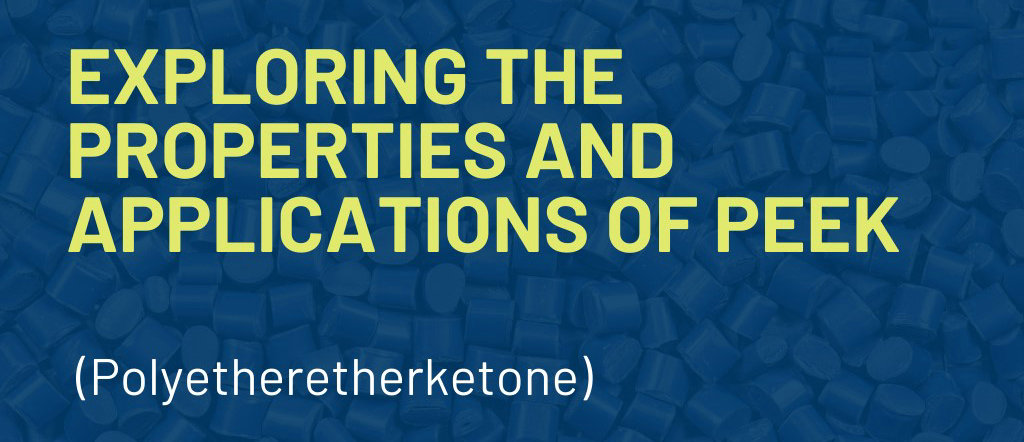
PEEK Creep Properties and Applications
Polyetheretherketone (PEEK) is a high-performance thermoplastic known for its exceptional mechanical properties, particularly its creep resistance. Creep refers to the gradual deformation of materials under constant stress over time, especially at elevated temperatures. Understanding PEEK's creep properties, the factors affecting them, and the specific temperature ranges where creep occurs is crucial for its application in demanding environments.
Creep Properties of PEEK
PEEK exhibits excellent long-term creep and fatigue properties, making it suitable for applications where it is subjected to continuous mechanical loads. PEEK's glass transition temperature (Tg) ranges from 143°C to 162°C (289°F to 323°F), while its melting temperature (Tm) is between 343°C and 353°C (650°F to 667°F). At temperatures below Tg, PEEK shows minimal creep deformation; however, as temperatures approach and exceed Tg, the material becomes more susceptible to creep due to increased molecular mobility. Creep behavior testing is performed to predict the rate at which PEEK will deform under constant mechanical stress in a given temperature range. For instance, at around 150°C, PEEK's creep resistance can decrease significantly, with a reported strength of approximately 8 MPa under prolonged stress conditions.
Factors Affecting PEEK's Creep Properties at High Temperatures
1, Temperature: Higher temperatures significantly increase the rate of creep. As PEEK approaches its Tg, the polymer chains gain mobility, leading to increased deformation under constant stress.
2, Mechanical Load: The magnitude of the applied load directly impacts the extent of creep. Higher loads accelerate the deformation process, particularly at elevated temperatures.
3, Material Composition: The molecular structure and composition of PEEK affect its creep resistance. For instance, semi-crystalline structures typically exhibit better creep resistance than amorphous ones due to their ordered molecular arrangement.
4, Fiber Reinforcement: Incorporating fillers such as carbon or glass fibers can enhance PEEK's creep resistance by improving its load-bearing capacity and reducing deformation rates under stress.
5, Environmental Conditions: Factors such as humidity and chemical exposure can alter the interaction between polymer chains and external elements, impacting mechanical properties over time.
6, Processing Conditions: The methods used to fabricate PEEK components can influence their microstructure and consequently their creep properties. Techniques like molding and extrusion can affect crystallinity and orientation within the material.
Temperature Thresholds for Creep in PEEK
Creep in PEEK typically begins to become noticeable at temperatures above 130°C (266°F), with significant deformation occurring as temperatures rise towards Tg. At room temperature, PEEK exhibits low creep rates; however, as it approaches its Tg and Tm, the material's ability to maintain shape under load decreases markedly.
Applications Leveraging PEEK's Creep Resistance
PEEK's outstanding creep resistance makes it an ideal choice for various high-performance applications across industries such as:
Aerospace: Components like radar radomes and landing gear parts benefit from PEEK's lightweight nature and thermal stability.
Medical Devices: Surgical instruments and orthopedic implants utilize PEEK for its biocompatibility and durability.
Automotive: Parts such as brake components require materials that can withstand high temperatures without deforming.
Semiconductor Manufacturing: PEEK is used in equipment that demands low contamination potential and high thermal stability.
Chemical Processing: Its chemical resistance makes it suitable for seals, gaskets, and other components in harsh environments.
PEEK's exceptional creep resistance combined with its thermal stability, chemical resistance, and mechanical strength makes it a versatile material across multiple industries. By understanding the factors influencing its creep behavior and the specific temperature ranges where significant deformation occurs, engineers can effectively utilize PEEK in applications requiring durability and stability under mechanical stress.